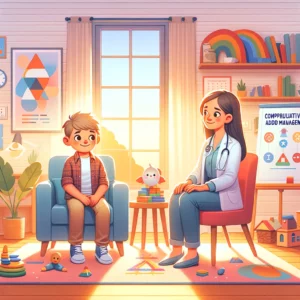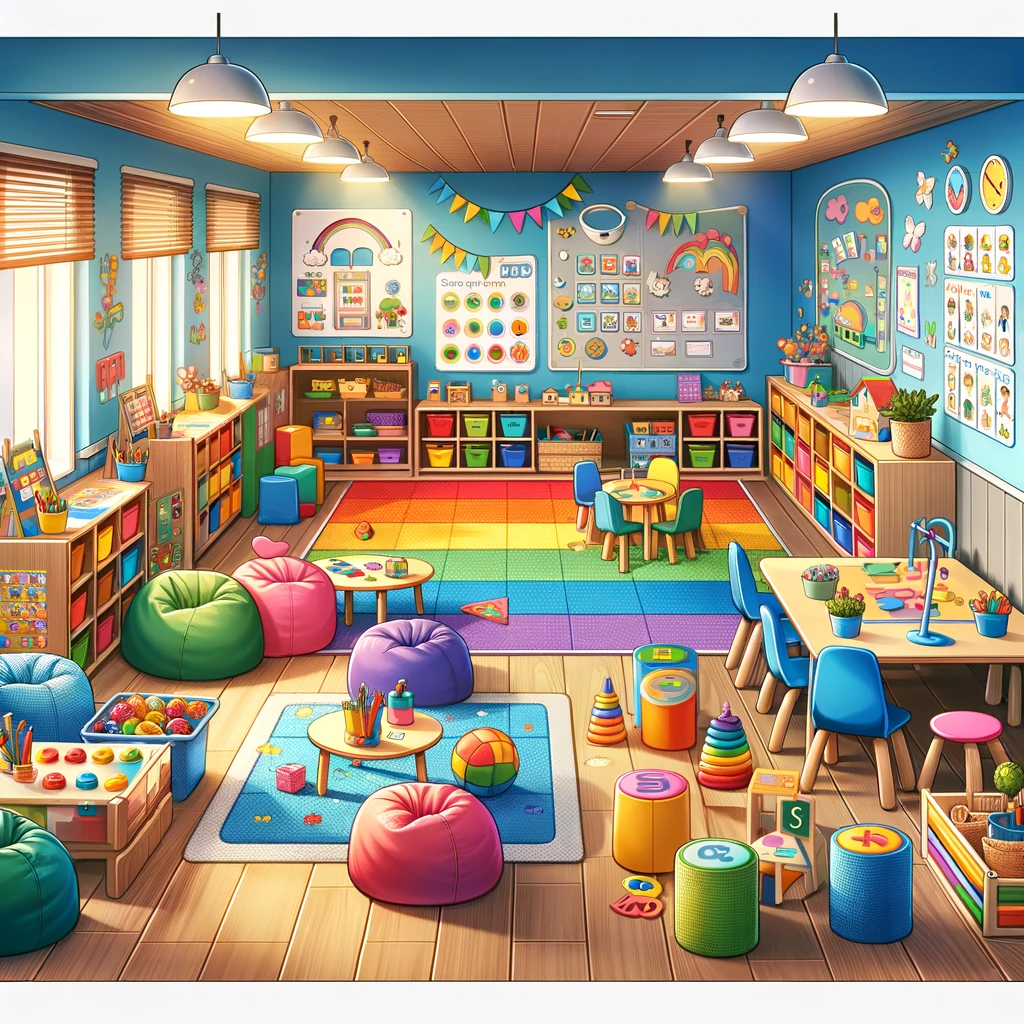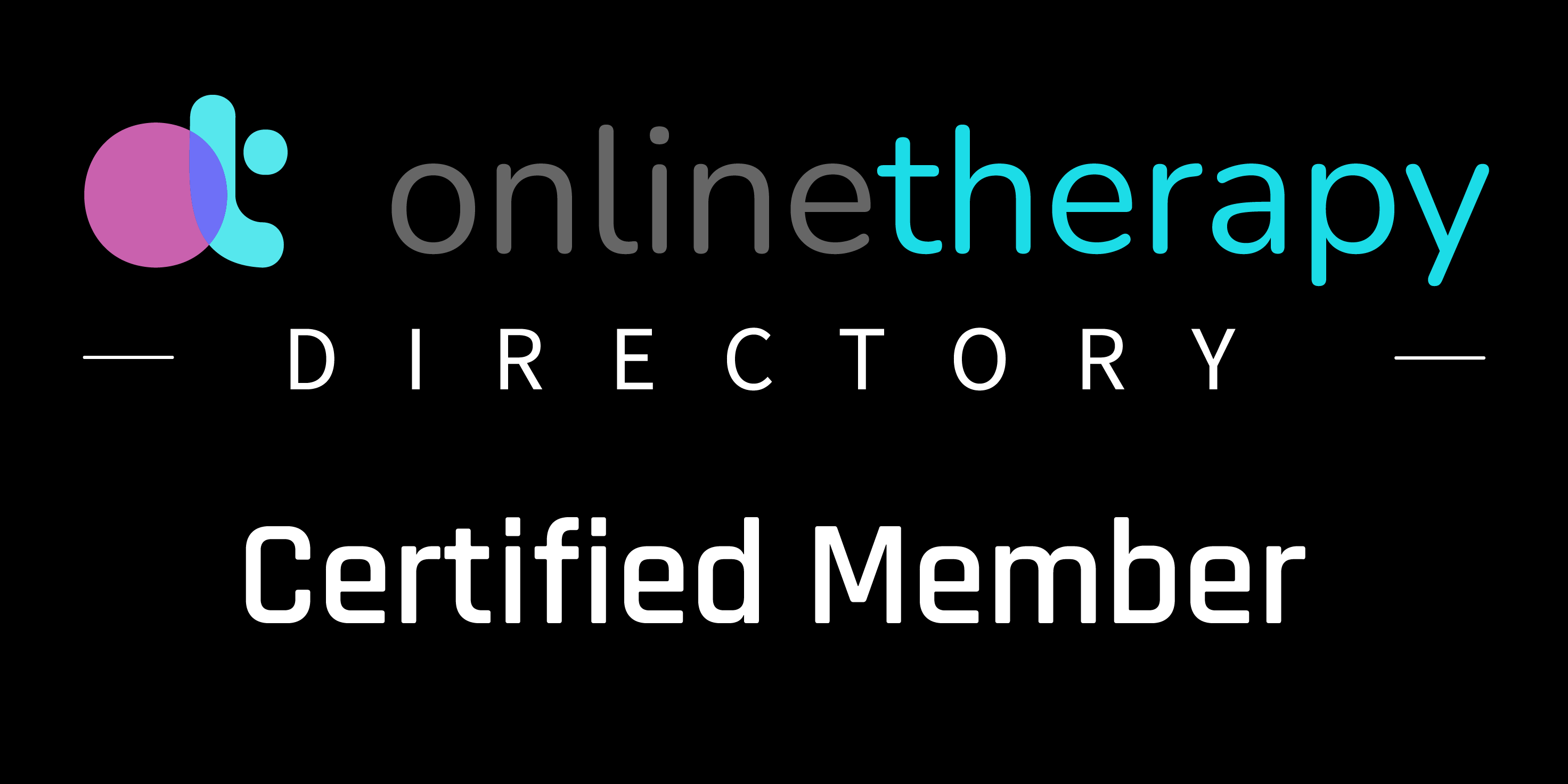Most teachers are not trained to recognize or support dyslexic students, which can lead to many misunderstandings and an inability to give adequate help in the reading area.
I would like to single out 5 of the most common misconceptions about dyslexia, a learning disability that remains a mystery to many people, including educators. These myths and misconceptions persist because most people don’t understand dyslexia but you can help them learn about reading disorders by sharing this information with them.
- One of the main reasons that dyslexia is not always caught is because educators are misdiagnosing it as a child’s lack of effort or possibly laziness when in reality it’s brought on by other conditions. If after practicing something over and over again, a child doesn’t seem to improve or learn how to recall what they’ve written, their education could be suffering from the effects of dyslexia.
- It’s a myth that coloured lenses will correct dyslexia. For some students, they might help, but for others, they could be a distraction because they’re trying to look at the page evenly. If coloured lenses correct all reading and comprehension issues, chances are, it isn’t dyslexia in the first place.
- It is common for a dyslexic student to be misdiagnosed with hearing or auditory processing delays, disorders, or other similar phonological dysfunctions. The effects of their condition resemble that of whether the problem exists in the ear or brain as opposed to its correct cause: visual processing deficiencies. Most learning-disabled students are visually oriented, and most classrooms are designed specifically for students who are primarily auditory learners.
- Students who are dyslexic may seem less intelligent because their brains work differently than other students. A teacher once told me that students who arrive as “D” students will always remain “D” students. Unfortunately “D” doesn’t stand for Dyslexia here, but for poorly performing. That teacher was misinformed, especially in the case of dyslexic learners, and missed a great opportunity to transform a young person’s life. Dyslexic individuals are of at least average intelligence – but their minds work differently than that of all of their classmates, so you can’t judge them fairly on how well they perform on standardized tests and quizzes. Had that teacher been informed about just how smart these individuals were, she may have been surprised to find some very bright and compassionate people who solve big problems creatively.
- You can correct dyslexia when the child is young: That is one of the most common myths that you’ll probably hear. This can be the case, however, young children (preschool or kindy school) are just becoming aware of their surroundings and have a short attention span and aren’t motivated to learn so consciously correcting a challenge at this point in time would be rather ineffective for them. I would see these children as needing a dyslexia “prevention” program versus an intervention program. These programs should include fun games and short periods of work (like puzzles or word searches). We can offer our intervention services to children later on when they are older (2nd, 3rd or even 4th grade) so they have habits that will help with their reading comprehension.














